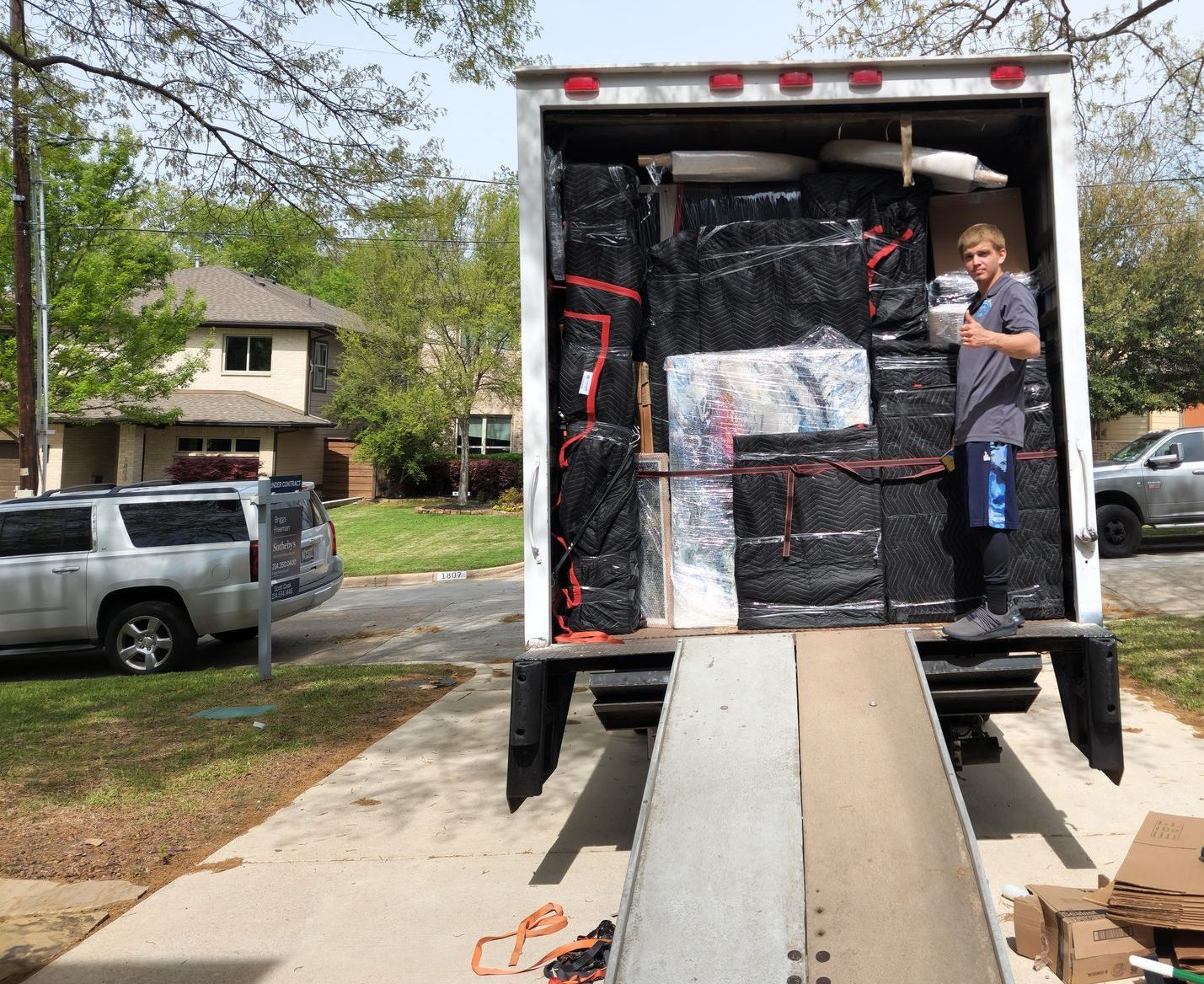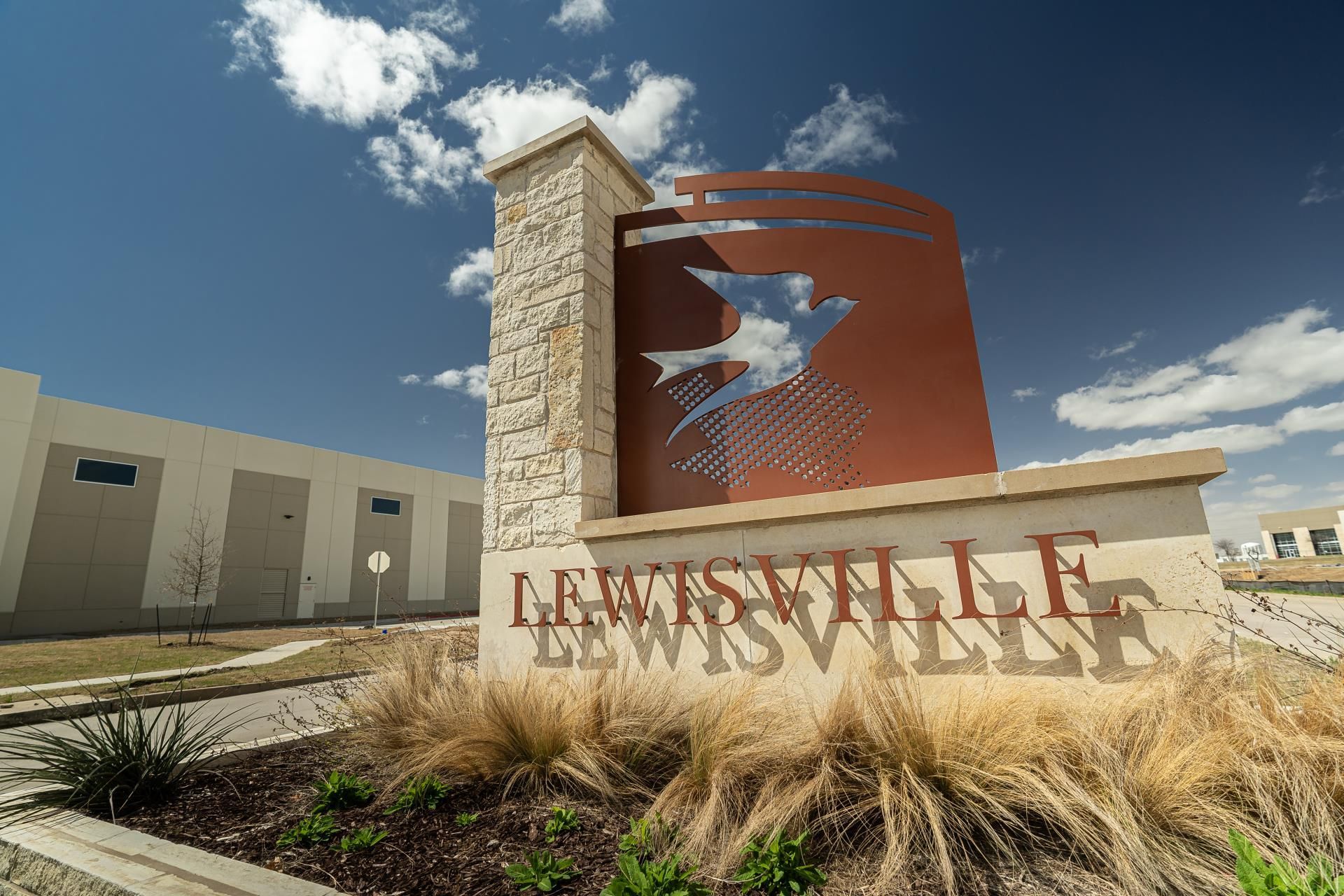Pet-Friendly Moving: Mastering the Art of Relocation with Your Furry Friends
20 Pet-Friendly Moving Tips From a moving company in dallas

Moving to a new home is a significant life milestone, filled with anticipation and a range of emotions. For pet owners, this transition requires careful consideration and care to ensure our furry friends can adjust comfortably. This comprehensive guide, brought to you by a reputable moving company in Dallas, TX, and a trusted Dallas moving service, offers practical tips, insights, and expert advice tailored for pet owners. From introducing your pets to packing materials gradually to settling into a new home with them, every aspect of this guide is designed to address their unique needs during a move. We aim to make your new house feel like home for all family members, including those with paws, claws, or wings.
1.Start Packing Early to Familiarize Your Pets with the Process
When preparing to move with your beloved pets, it's crucial to start the packing process early. This approach allows your pets to gradually acclimate to the sight and presence of moving boxes and packing materials. Introducing them to these unfamiliar objects in a stress-free manner is key. You can turn it into a positive and engaging experience by offering treats and toys as they explore. Alongside this, it's equally important to keep your pet's favorite and essential items accessible until the last moment of the move. These familiar belongings provide a sense of security and comfort amid the changing environment. Starting early and involving your pets in the packing process helps them adapt to the impending changes, ultimately leading to a smoother transition to your new home.
2.Arrange for Pet Care on Moving Day
Moving day can be chaotic, with people bustling in and out, doors and windows open, and a flurry of activities. This bustling environment can be extremely stressful for pets, and it's essential to have plans in place to ensure their safety and comfort. One effective strategy is to arrange for pet care on moving day. Whether it's a trusted friend or a professional pet sitter, having someone look after your pets can provide them with the attention and care they need while you focus on the move. This not only reduces their stress but also minimizes the risk of them escaping or getting injured in the commotion. If you have to move your pets yourself, consider designating a quiet and secure area in your home where they can stay during the move. This could be a closed room with their familiar bedding, toys, and essentials. By keeping them away from the hustle and bustle, you create a safe haven for them to retreat to during this hectic time. Taking these steps ensures that your pets are well-cared for on moving day, making the transition smoother for everyone involved.
3.Pack Their Items Last and Unpack Them First
When it comes to packing for your move, your pet's belongings should be a top priority. These items provide familiarity and comfort to your pet amidst the chaos of relocation. Here's how to handle their possessions: As you start packing your home, intentionally leave your pet's essentials for last. Items like their bed, toys, food bowls, and familiar blankets should be easily accessible until the moment you leave your old residence. This way, your pet won't feel the immediate impact of the move. Upon arriving at your new home, prioritize unpacking your pet's belongings first. Set up their space with their familiar items, creating a comforting and recognizable environment amidst the unfamiliar surroundings. This will help reassure your pet and ease their transition into the new home. By following this strategy, you provide your pet with a sense of security during the move and ensure their well-being as they adjust to their new surroundings.
4.Check in With Their Vet
Before embarking on your move with your pet, it's essential to schedule a visit to your veterinarian. This step is crucial for ensuring your pet's health and well-being during and after the move. During your vet visit, request a comprehensive health check for your pet. Your veterinarian will assess their overall health and address any concerns you may have. It's an opportunity to catch and address any underlying health issues before the move. Additionally, ensure that your pet's vaccinations are up-to-date. If you're moving to a new area, check if there are any specific vaccinations required or recommended based on the local environment and regulations.
If your pet is on any medications, discuss the need for prescription refills to last through the moving period and beyond. Your veterinarian can provide guidance on managing your pet's medication schedule during the transition. Request copies of your pet's health records, including vaccination certificates and medical history. These documents may be required by your new veterinarian and can be essential for your pet's well-being in the new location. By checking in with your vet, you ensure that your pet is in the best possible health for the move and receive valuable guidance to make the transition as smooth as possible for your furry friend.
5.Update Their Identification Tags and Microchips
As part of your preparations for the move, take the time to update your pet's identification tags and microchips. Adding your new address and phone number to their tags is essential to ensure their safe return if they ever get lost during the transition. Ensure that the information on their microchip is current, as this is a crucial means of identification. These simple yet crucial steps can provide peace of mind, knowing that your pet has a better chance of being reunited with you should the unexpected happen during the move.
6.Research Pet Laws and Regulations
Before moving to a new area, it's vital to research and familiarize yourself with the pet laws and regulations specific to that location. Different states and municipalities may have varying requirements and restrictions concerning pet ownership. This may include breed-specific legislation, licensing requirements, leash laws, and more. Complying with these regulations is not only essential to avoid legal issues but also to ensure the safety and well-being of your pet in their new environment. Being informed about local pet laws will help you make responsible decisions regarding your pet's care and activities in your new home.
7.Pet-Proof Your New Home
When you arrive at your new home, one of the first tasks on your list should be pet-proofing the environment. Remove any potential hazards that could pose risks to your pet. Secure toxic substances such as cleaning supplies, chemicals, and plants that may be harmful if ingested. Inspect fencing, windows, and doors to ensure they are secure and won't allow your pet to escape. Cover electrical cords and outlets to prevent accidents. Pet-proofing is essential to create a safe and secure space for your furry friend in their new surroundings.
8.Maintain Their Routine
Amidst the chaos of moving, it's crucial to stick to your pet's regular routines as closely as possible. Maintain their feeding, exercise, and play schedules to provide stability and comfort during the transition. Familiar routines can help reduce anxiety and stress for your pet, making the adjustment to the new home smoother. Consistency in their daily activities will reassure your pet and help them feel secure in their new environment.
9.Use Familiar Bedding and Toys
One way to provide comfort and familiarity to your pet in the new home is by bringing their familiar bedding and toys. The scent of these belongings provides a sense of security and reassurance. When setting up their designated space in the new house, include their bed, blankets, and favorite toys. The presence of these familiar items amidst the unfamiliar surroundings can ease your pet's transition and help them feel more at home.
10.Plan for Transportation
The mode of transportation you choose when moving with your pet is crucial to their comfort and well-being. Consider your pet's needs and preferences when deciding on the best way to transport them. Ensure they are safely secured during the journey to reduce stress and prevent accidents. Whether you're traveling a short distance or embarking on a long-distance move, careful planning and preparation for your pet's transportation are essential for a successful and stress-free move.

11.Research Pet-Friendly Accommodations
If your move involves overnight stays, whether in hotels or other accommodations, it's essential to book pet-friendly options. Research and select accommodations that welcome pets and have the necessary amenities to ensure your pet's comfort. Check for nearby parks or walking areas to provide opportunities for exercise and bathroom breaks. Booking pet-friendly accommodations in advance will save you the stress of finding suitable lodging on the go.
12.Prepare a Travel Bag
Before hitting the road, assemble a travel bag for your pet. Include essential items such as their food, water, bowls, medications, waste bags, and a first aid kit. Having these items readily accessible during the journey ensures that your pet's basic needs are met. Additionally, include recent photos of your pet in the travel bag, just in case they get lost or separated from you during the move. A well-prepared travel bag is a lifeline for your pet's comfort and safety during the move.
13.Gradually Introduce Them to the New Home
Once you've arrived at your new home, it's important to allow your pet to explore the new environment at their own pace. Avoid overwhelming them by introducing them to one room at a time. Use treats and toys to make the experience positive and rewarding. Gradual introduction allows your pet to become familiar with their surroundings at a comfortable pace, reducing anxiety and ensuring a smoother adjustment to the new home.
14.Create a Safe Space
In your new home, it's advisable to set up a dedicated safe space for your pet. This area should be quiet, comfortable, and equipped with their bed, toys, and essentials. The goal is to provide a secure retreat where your pet can seek comfort and solitude if they feel overwhelmed. Ensure that this space remains undisturbed during the initial days in the new home, allowing your pet to acclimate to their surroundings at their own pace. A safe space can be a reassuring sanctuary for your pet during the transition.
15.Keep Them Leashed in New Environments
When exploring unfamiliar places, it's crucial to keep your pet leashed to ensure their safety. New neighborhoods and outdoor environments can be exciting but also pose potential risks, including traffic, unfamiliar animals, or hazards. By using a leash, you maintain control over your pet and prevent them from running off or getting into dangerous situations. Keeping your pet leashed during outdoor adventures in new locations is a responsible and caring way to protect their well-being.
16.Monitor Their Behavior
During and after the move, pay close attention to any changes in your pet's behavior. Moving can be a stressful experience for animals, and they may exhibit signs of anxiety or discomfort. Be patient and attentive to their needs, providing comfort and reassurance as needed. If you notice persistent changes in behavior or signs of distress, consult with your veterinarian for guidance on how to address these issues effectively. Monitoring your pet's behavior ensures their well-being and helps them adjust to the new home more smoothly.
17.Find a New Veterinarian
Once you've settled into your new location, research and register with a veterinarian in the area. It's essential to establish a relationship with a local vet to ensure your pet's ongoing health and well-being. Transfer your pet's medical records and vaccination history to the new veterinarian for continuity of care. Having a trusted veterinarian in your new community provides peace of mind and ensures that your pet receives the necessary medical attention when needed.
18.Explore the New Neighborhood Together
Take the time to explore your new neighborhood with your pet. Frequent walks and outings allow your dog to become familiar with the surroundings and scents of the area. Let them discover nearby parks, trails, and dog-friendly spaces where they can enjoy exercise and socialization. Exploring the new neighborhood together strengthens the bond between you and your pet and helps them adjust to their new outdoor environment.
19.Practice Positive Reinforcement
During the move and the adjustment period in the new home, practice positive reinforcement with your pet. Reward them for good behavior and adaptability. Positive reinforcement can include verbal praise, treats, and affection. By using positive reinforcement techniques, you encourage your pet to adapt to change more easily and reinforce the positive aspects of their new environment. This approach fosters a sense of security and positivity for your furry companion.
20.Seek Professional Help if Needed
In some cases, pets may experience severe stress or behavioral issues during a move. If you notice persistent problems or behavioral challenges that you're unable to address on your own, it's advisable to seek professional help. Trained experts, such as veterinarians specializing in behavior or professional pet trainers, can provide guidance and support to help your pet overcome these challenges. Seeking professional assistance is a proactive step to ensure your pet's well-being and happiness in their new home.
These comprehensive tips cover various aspects of moving with pets, from preparation and transportation to settling into the new home and addressing behavioral concerns. By following these guidelines and considering your pet's unique needs, you can make the transition to your new home a smoother and more comfortable experience for both you and your furry companion.
In conclusion, relocating with your beloved pets doesn't have to be a daunting task. With the guidance provided by this comprehensive pet moving guide, prepared by trusted Dallas local movers, you can navigate the process with confidence. By starting early, familiarizing your pets with the transition, and ensuring their safety and comfort throughout, you can make moving a smooth and stress-free experience for both you and your animal companions. Remember that each pet is unique, so tailor your approach to their specific needs. As you settle into your new home, maintaining routines and creating a pet-friendly environment will help them adjust, making your new house truly feel like home for every member of your family.












